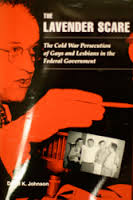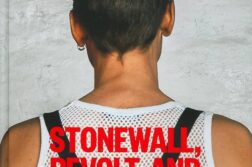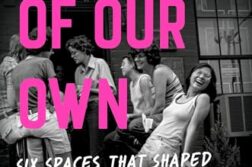 The Lavender Scare: The Cold War Persecution of Gays and Lesbians in the Federal Government
The Lavender Scare: The Cold War Persecution of Gays and Lesbians in the Federal Government
by David K. Johnson
University of Chicago Press. 277 pages, $30.
ON THE SOLSTICE earlier this summer here in Washington, D.C., I walked west on Pennsylvania Avenue from the Capitol to 9th Street. I looked north and remembered the gay bars that were there when I moved to D.C. in the 1970’s: the Hideaway, the Rogue, the Lone Star, Carroll’s Tavern, the Eagle, and the Exile. They were all gone. But to my immediate left was the J. Edgar Hoover Building, an ugly, forbidding tower of concrete. You cannot park near it or walk around it on the sidewalk, but I had been invited in. I had a job interview. As a gay man born long before the 70’s, I was stunned when the FBI responded to my résumé. David K. Johnson’s The Lavender Scare helps explain why I was so surprised.






